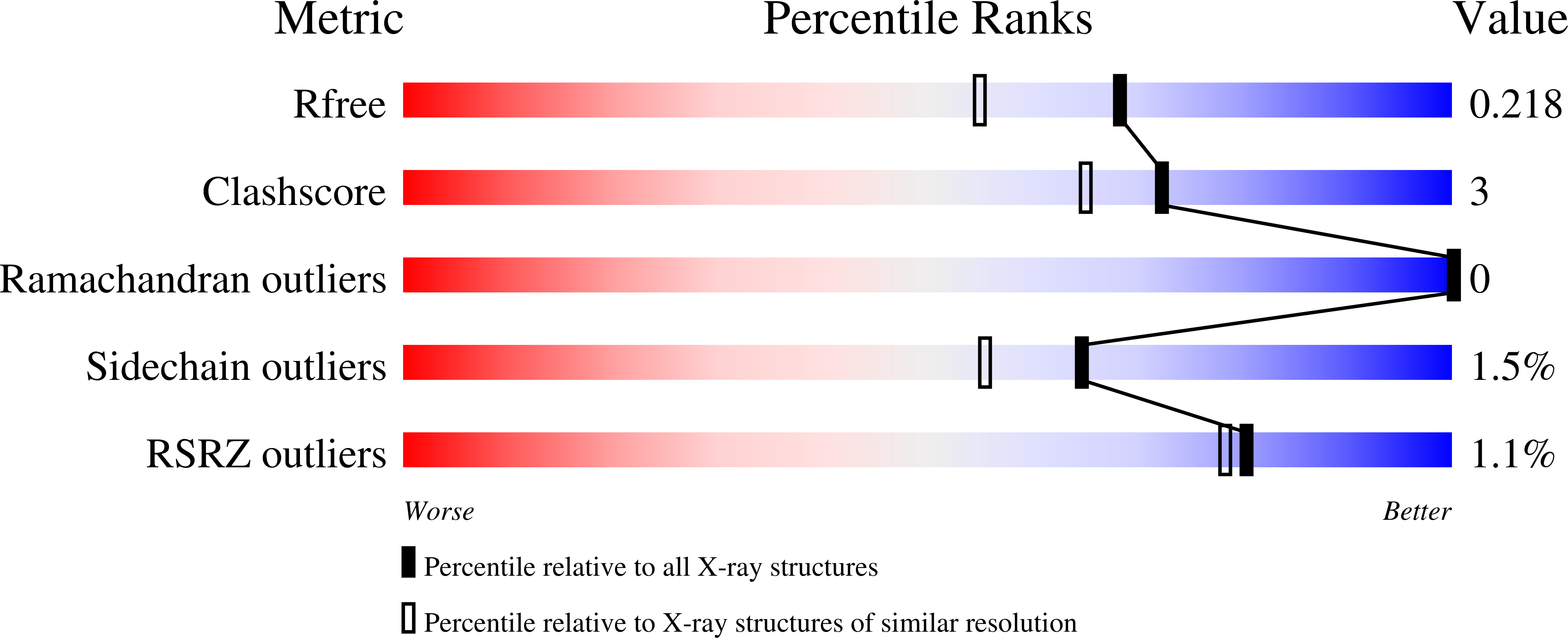
Deposition Date
2023-01-03
Release Date
2023-07-19
Last Version Date
2024-02-07
Entry Detail
PDB ID:
8C49
Keywords:
Title:
Crystal structure of pyrrolysyl-tRNA synthetase from Methanomethylophilus alvus engineered for 3-Methyl-L-histidine, bound to AMPPNP
Biological Source:
Source Organism:
Candidatus Methanomethylophilus alvus (Taxon ID: 1291540)
Host Organism:
Method Details:
Experimental Method:
Resolution:
1.82 Å
R-Value Free:
0.20
R-Value Work:
0.19
R-Value Observed:
0.19
Space Group:
P 61


